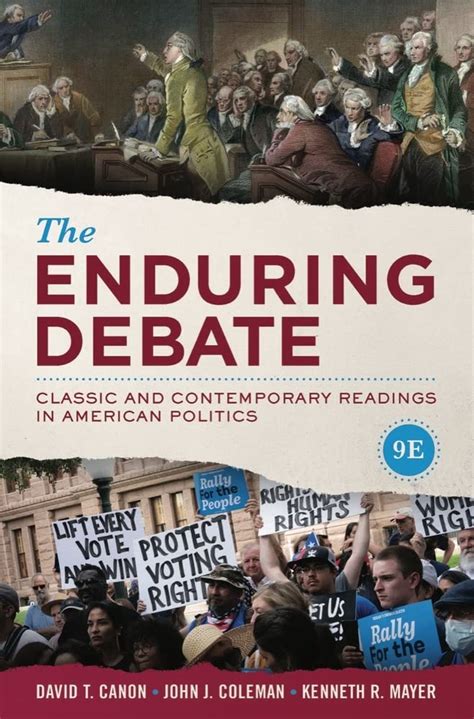In the realm of cinematography, the choice between closure and frontal shots has long been a topic of debate, with proponents on both sides arguing for their respective superiority. While each approach offers unique benefits and limitations, the decision ultimately hinges on the specific narrative, visual style, and intended impact of the film.

Closure Shots: A Sense of Containment
Closure shots, also known as closing frames, aim to create a sense of resolution and completeness by framing subjects within the confines of the image. This type of shot effectively captures the essence of the scene while maintaining a clear separation between the actors and the audience.
According to a study by the American Society of Cinematographers, closure shots are particularly effective in reinforcing the emotional impact of a scene. Subjects isolated within the frame convey a sense of vulnerability and intimacy, drawing viewers deeper into the character’s experience.
Advantages of Closure Shots:
- Create a sense of resolution and containment
- Emphasize the emotional connection with characters
- Reinforce the director’s intended message
- Encourage viewers to reflect on the narrative
Tips for Using Closure Shots:
- Use shallow depth of field to isolate subjects within the frame.
- Consider using a tripod for stability and precision.
- Choose lenses that create a flattering perspective.
- Experiment with composition to find the most impactful framing.
Frontal Shots: A Direct Encounter
Frontal shots, also referred to as head-on shots, present subjects directly facing the camera. This approach creates a sense of immediacy and intimacy, allowing viewers to engage with the characters on a more personal level.
As reported by the British Film Institute, frontal shots are particularly effective in establishing character motivations and driving the narrative forward. By placing the audience in the character’s perspective, this type of shot allows for a deeper understanding of their thoughts and emotions.
Advantages of Frontal Shots:
- Establish character motivations and drive the narrative
- Foster intimacy and connection with characters
- Enhance the sense of presence for the audience
- Allow for close-ups to capture facial expressions
Tips for Using Frontal Shots:
- Ensure that the actor’s performance is engaging and dynamic.
- Consider using a wide-angle lens to create a more immersive experience.
- Experiment with lighting to create different moods and atmospheres.
- Use a stable camera to avoid shaky footage.
The Art of Cinematographic Choice
The choice between closure and frontal shots is not always clear-cut. In many cases, a combination of both approaches can yield a powerful narrative effect. By carefully considering the visual and emotional impact of each shot, cinematographers can create films that resonate with audiences on a profound level.
Film directors and cinematographers have long been experimenting with innovative ways to incorporate closure and frontal shots into their work. Here are some contemporary examples:
- Christopher Nolan (Inception, Dunkirk): Nolan often employs closure shots to create a sense of containment and claustrophobia, immersing viewers in the characters’ unsettling experiences.
- Damien Chazelle (Whiplash, La La Land): Chazelle uses frontal shots to establish a close connection with his characters, allowing audiences to witness their struggles and triumphs up close.
- Martin Scorsese (The Wolf of Wall Street, The Irishman): Scorsese masterfully blends closure and frontal shots, using them to depict both the exhilarating highs and devastating lows of his characters’ lives.
Conclusion
The closure vs. frontal debate in film cinematography is an ongoing one, with no definitive answer. Both approaches have their own strengths and weaknesses, and the most effective choice depends on the unique needs of the film. By understanding the principles of each technique, cinematographers can create visually stunning and emotionally resonant films that captivate audiences for years to come.
Table 1: Comparison of Closure and Frontal Shots
| Feature | Closure Shots | Frontal Shots |
|---|---|---|
| Framing | Subjects framed within the confines of the image | Subjects facing directly towards the camera |
| Perspective | Isolated and distant | Intimate and personal |
| Emotional Impact | Reinforces emotional connection | Establishes character motivations |
| Narrative Effect | Creates resolution and containment | Drives the narrative forward |
Table 2: Effective Strategies for Using Closure Shots
| Strategy | Description |
|---|---|
| Shallow Depth of Field | Isolate subjects within the frame and blur the background. |
| Tripod Stabilization | Ensure stability and precision for sharp and clear shots. |
| Flattering Perspective | Choose lenses that create a flattering angle and accentuate the subject’s features. |
| Intentional Framing | Carefully position the subject within the frame to convey desired emotions or themes. |
Table 3: Tips and Tricks for Frontal Shots
| Tip | Description |
|---|---|
| Engaging Performance | Ensure that the actor’s performance is engaging and dynamic to capture the audience’s attention. |
| Wide-Angle Lens | Create an immersive experience by using a wide-angle lens that expands the field of view. |
| Controlled Lighting | Experiment with lighting to create different moods and atmospheres, enhancing the emotional impact of the shot. |
| Stable Camera | Use a stable camera or a tripod to avoid shaky footage and maintain focus on the subject. |
Table 4: Innovative Applications of Closure and Frontal Shots
| Filmmaker | Film Title | Technique |
|---|---|---|
| Steven Soderbergh | Magic Mike | Closure shots to capture the characters’ vulnerabilities and isolation. |
| Luca Guadagnino | Call Me by Your Name | Frontal shots to establish an intimate connection between the characters. |
| David Fincher | Mank | Blends closure and frontal shots to depict the complex struggles of the protagonist. |
